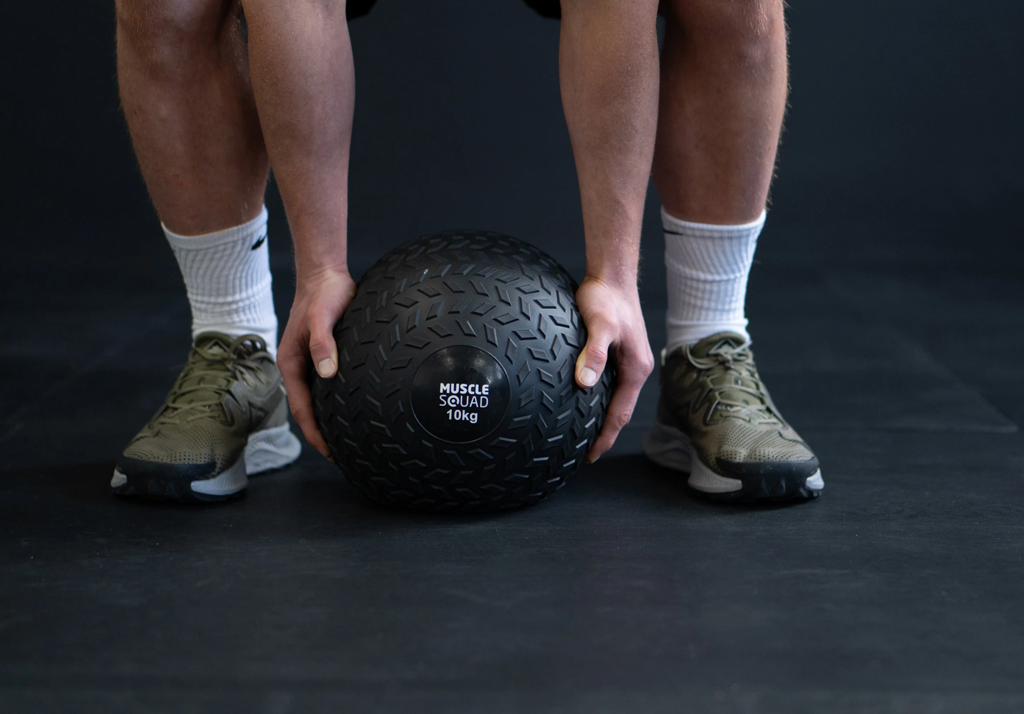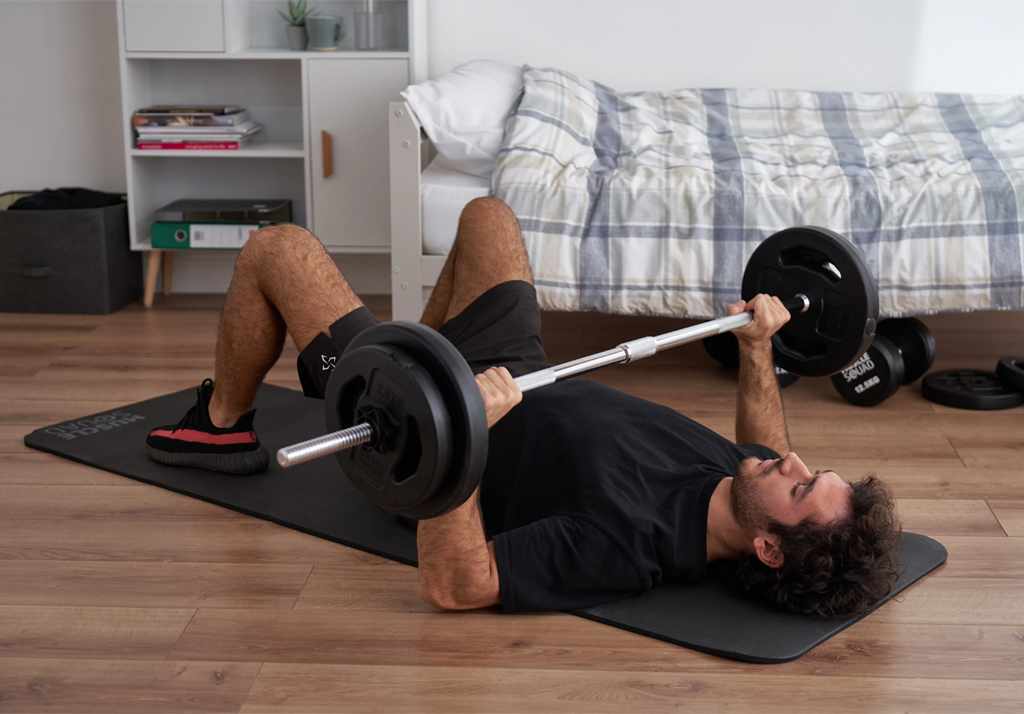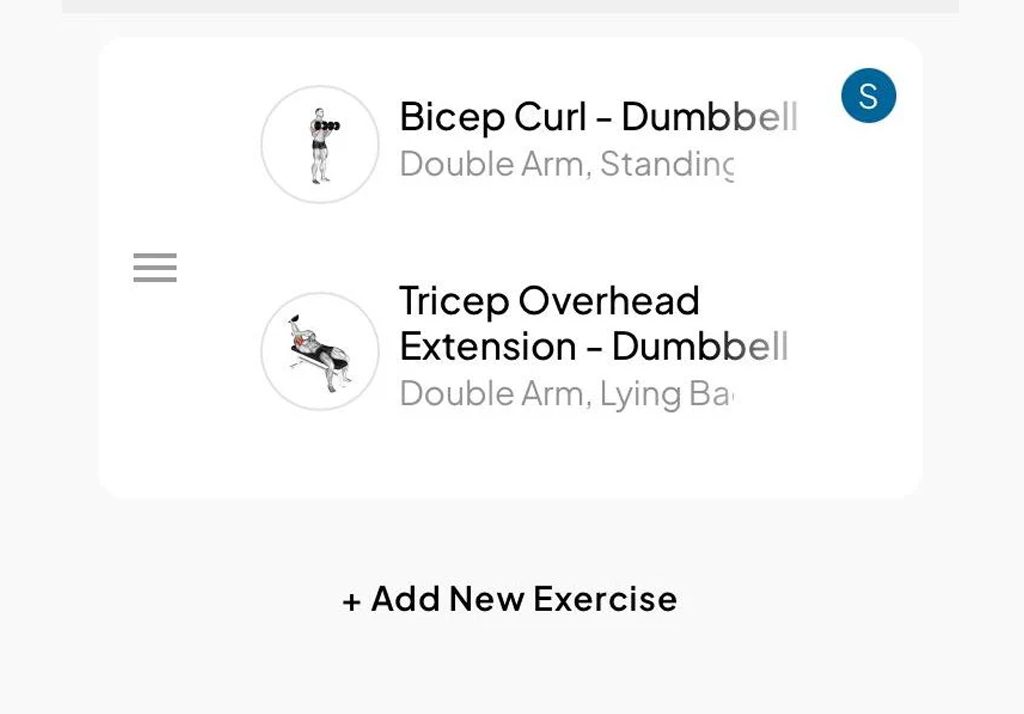What is Functional training?
We hear this word quite often in the fitness industry, but what is functional training? Functional training basically means training in a way that keeps you healthy and moving well for everyday life. It's the basic foundation you need in order to do all of the typical activities we do on a day to day or week to week basis, everything from dancing to cleaning the house or carrying shopping.
With functional training, you’re simply practicing and refining movement patterns that you use repeatedly, often without even knowing it. This strengthens the body’s connection to the mind as well as your core control and body mechanics, so that it all comes naturally to you when you need it.
Benefits of Functional Training
Well, research has shown that functional training not only supports our daily activities, but also can help to lower the risk of injury as we go about doing them. It can also build muscle strength, which is something most of us (if not all of us want), along with improving our balance and mobility, which come in handy, especially as we age.
The 6 Fundamental movement patterns
Squat
We were all born knowing how to squat, just look at babies and their perfect squat form. Everyday we all end up doing some sort of squat variation whether you train or not. This is why squats are often considered the most functional of movements. At its most basic level, a squat involves lowering your body from a standing to seated-like (or lower) position. When you master the squat, you're preparing the body to be able to comfortably pick things up off the floor and stand up from being sat on the sofa after watching your favourite show.

Hip Hinge
A hip hinge involves bending forward from the hips (not knees) whilst using your posterior chain (the muscles in the back part of your body). The most common hip-hinge exercise that everyone knows is a deadlift, which prepares you for things picking up a child out of their cot or lifting a big box up off the ground.

Lunge
A lunge is basically a single-leg exercise that allows you to develop strength and balance in each leg equally. By practicing lunges on both sides, you’re helping to strengthen your legs and core for any type of moment where your weight is one-sided, or where you may risk losing your balance. Practical applications can be things as simple as going up the stairs or hopping over a puddle.

Push
A push is any exercise that has you push or press weight up or down, like a push-up or shoulder press or the very common bench press. Upper-body pushes train your chest, core and arms and shoulders for movements like putting those heavy bags on a shelving compartment on public transport, or even just lifting your body up off the ground if you fall.

Pull
A pull is the opposite motion of a push: an exercise that has you pull either an object toward you or your body toward an object, such as a pull-up or row. Upper-body pulls (like pushes, there are lower-body ones too) train your back and arms for various activities like rock climbing, playing tug of war with your dog, or even just pulling that chair out from under the table.

Carry
A carry is exactly what it says on the tin, carrying a weight, on one side or both sides of the body. It could be anything from a dumbbell or kettlebell to your shopping bags as you head to the house from your weekly shop. It trains your core and arms to move with weight efficiently, without hurting your neck or back.

Bonus 7th – Rotation
These are things like woodchoppers, or bicycle crunches, these six patterns help train your core to handle movement in all directions, so rotational movement will be a great addition to help you safeguard your spine too. So, this means that when you may need to quickly move unexpectedly, you're less likely to get hurt.

Now that you know all the 6/7 fundamental movement patterns see if you can identify how many are in your weekly workouts and how they carry over into your everyday lives. Are you missing any? If so, see if you can add them into your routine today and start improving how your body moves and let us know how you get on!

 Jul 04, 2023 - Think Shaw
Jul 04, 2023 - Think Shaw


Leave a comment: